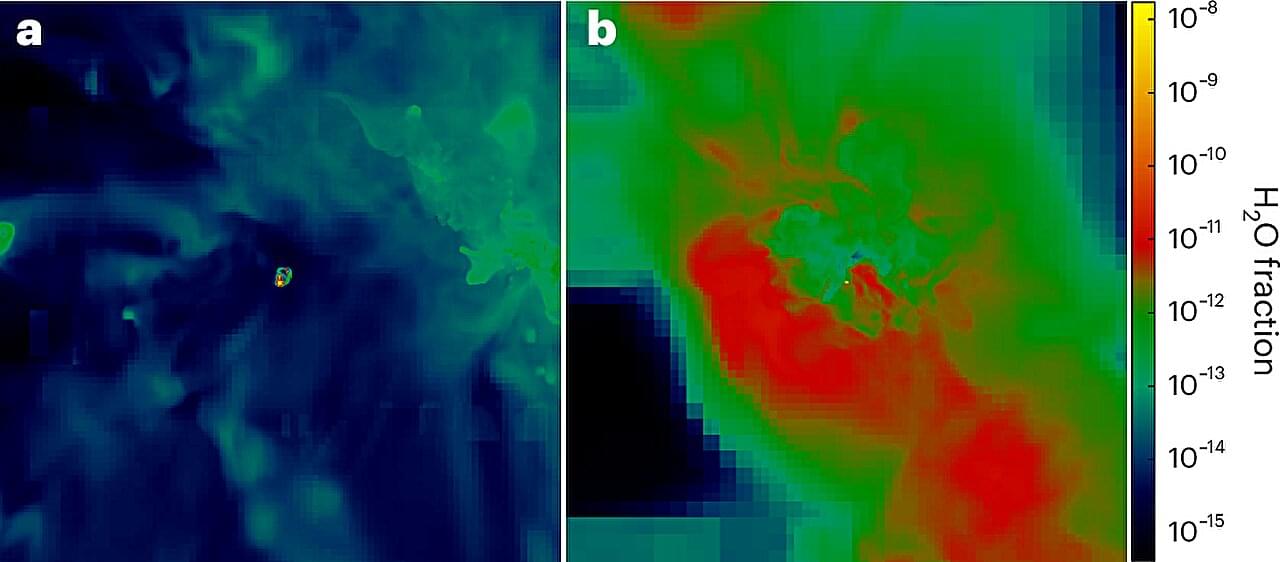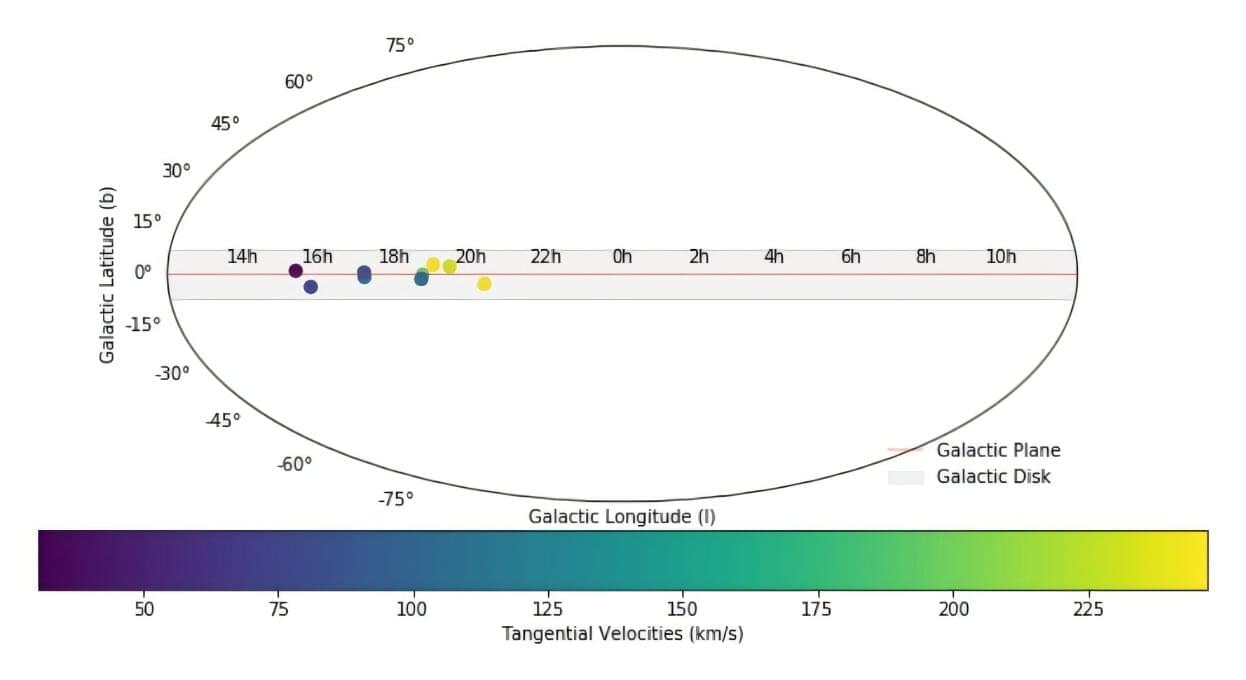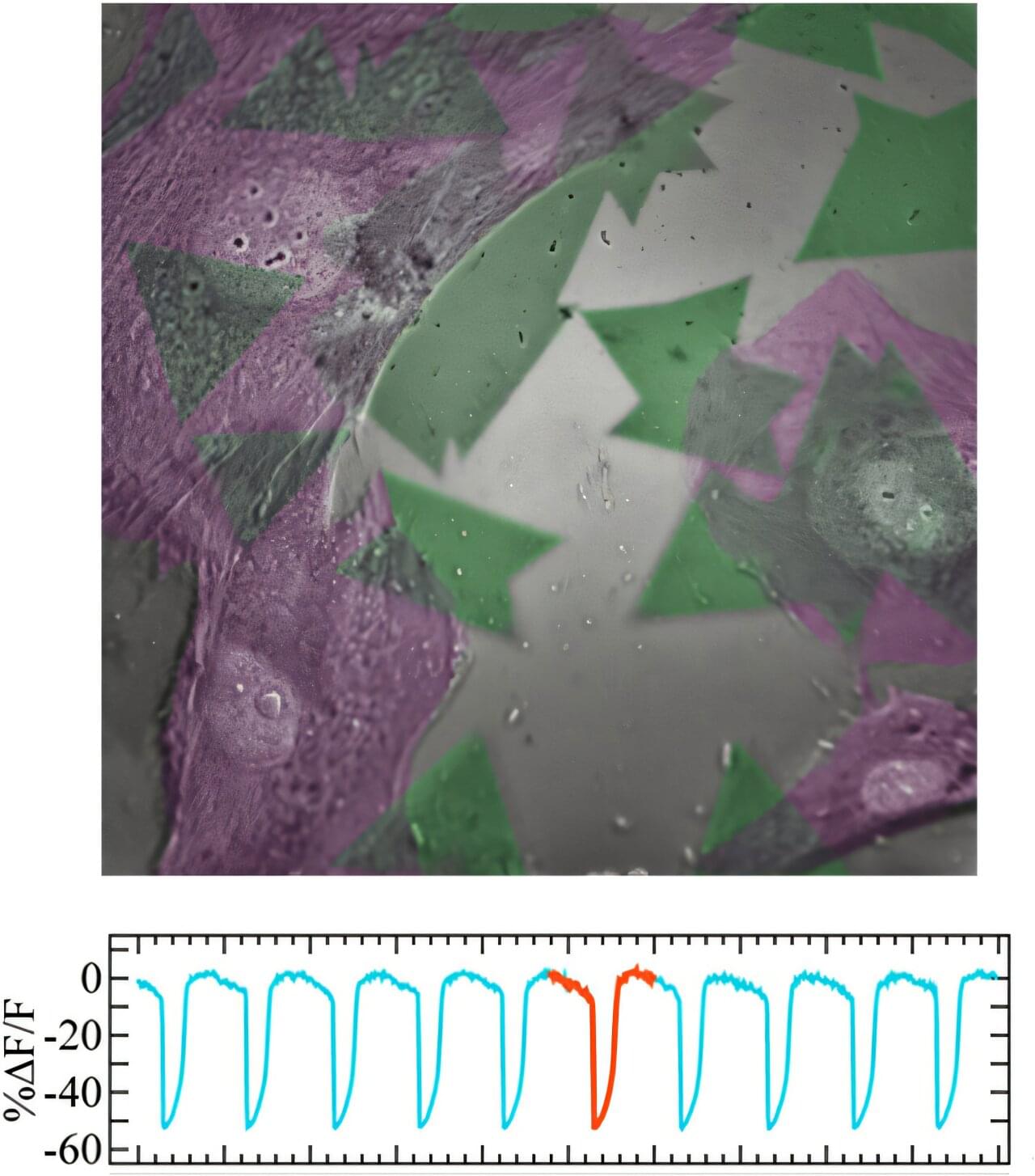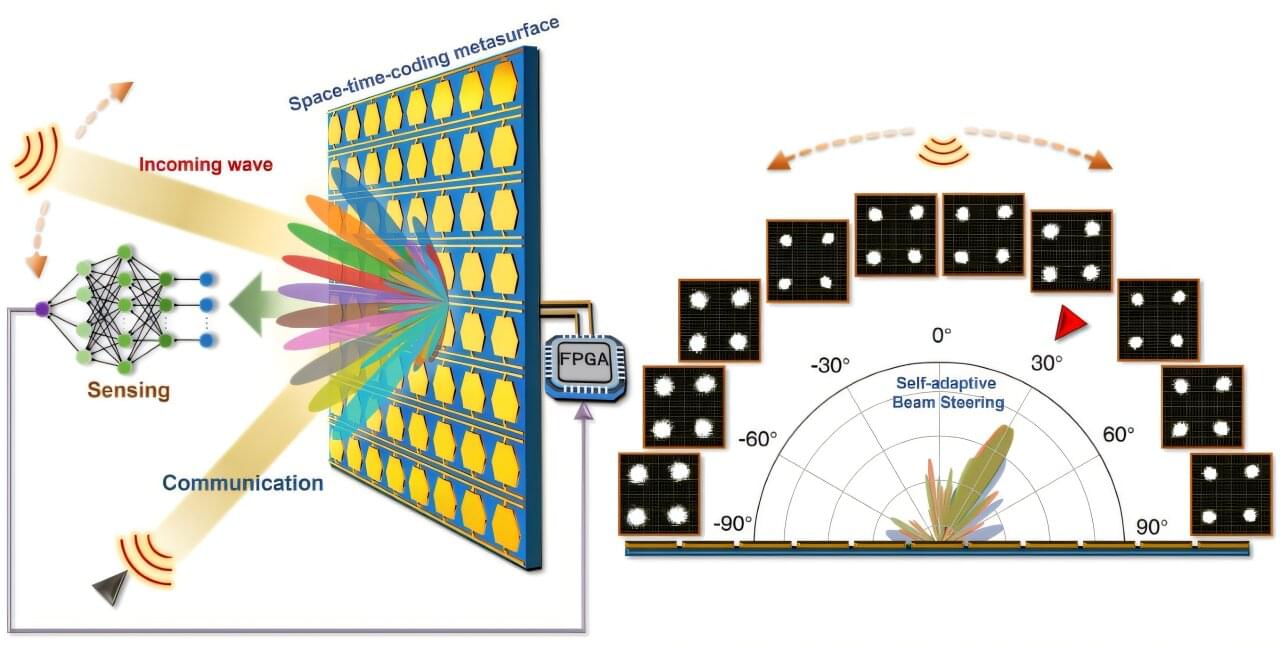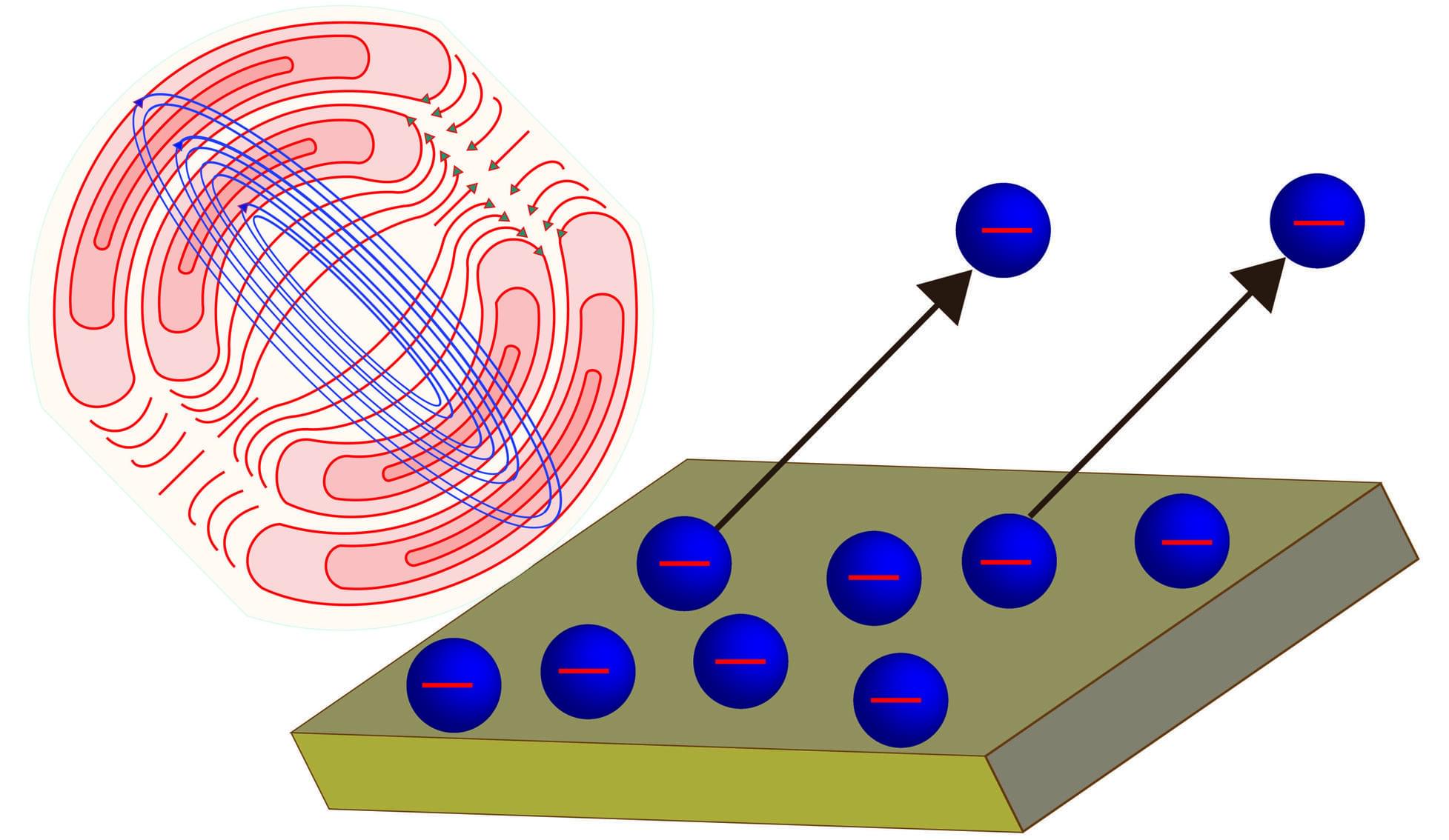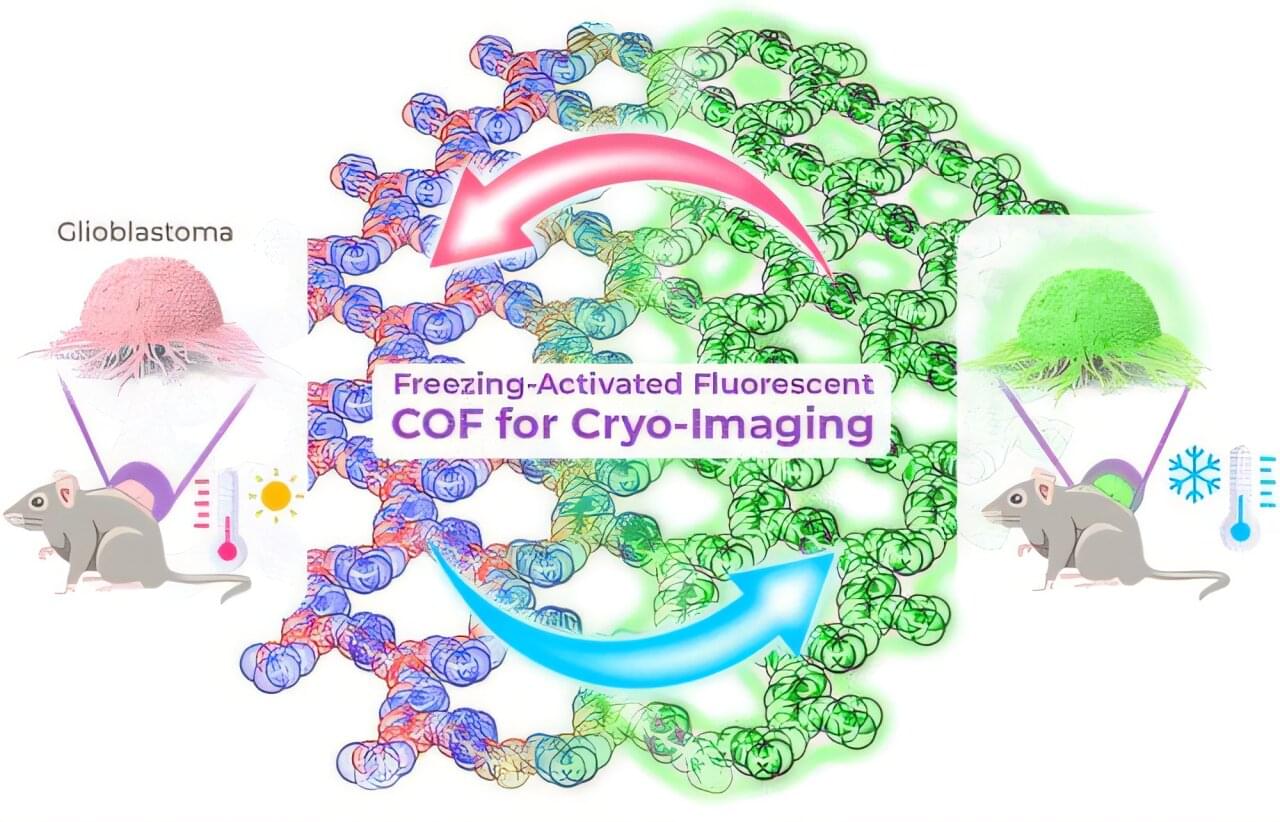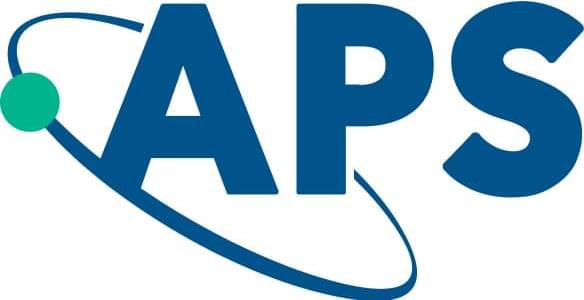A new high-performance quantum processor boasts 105 superconducting qubits and rivals Google’s acclaimed Willow processor.
In the quest for useful quantum computers, processors based on superconducting qubits are especially promising. These devices are both programmable and capable of error correction. In December 2024, researchers at Google Quantum AI in California reported a 105-qubit superconducting processor known as Willow (see Research News: Cracking the Challenge of Quantum Error Correction) [1]. Now Jian-Wei Pan at the University of Science and Technology of China and colleagues have demonstrated their own 105-qubit processor, Zuchongzhi 3.0 (Fig. 1) [2]. The two processors have similar performances, indicating a neck-and-neck race between the two groups.
Quantum advantage is the claim that a quantum computer can perform a specific task faster than the most powerful nonquantum, or classical, computer. A standard task for this purpose is called random circuit sampling, and it works as follows. The quantum computer applies a sequence of randomly ordered operations, known as a random circuit, to a set of qubits. This circuit transforms the qubits in a unique and complex way. The computer then measures the final states of the qubits. By repeating this process many times with different random circuits, the quantum computer records a probability distribution of final qubit states.

